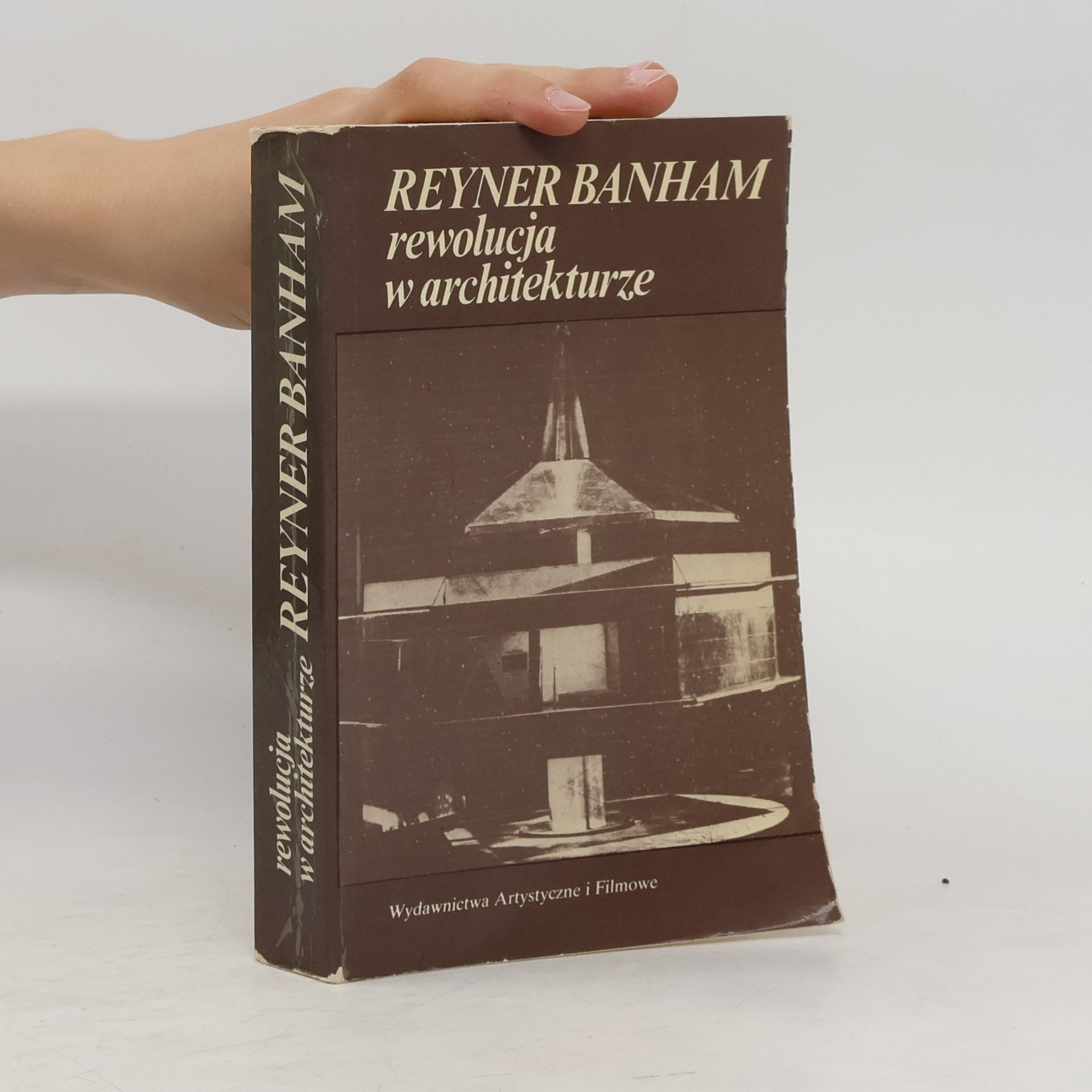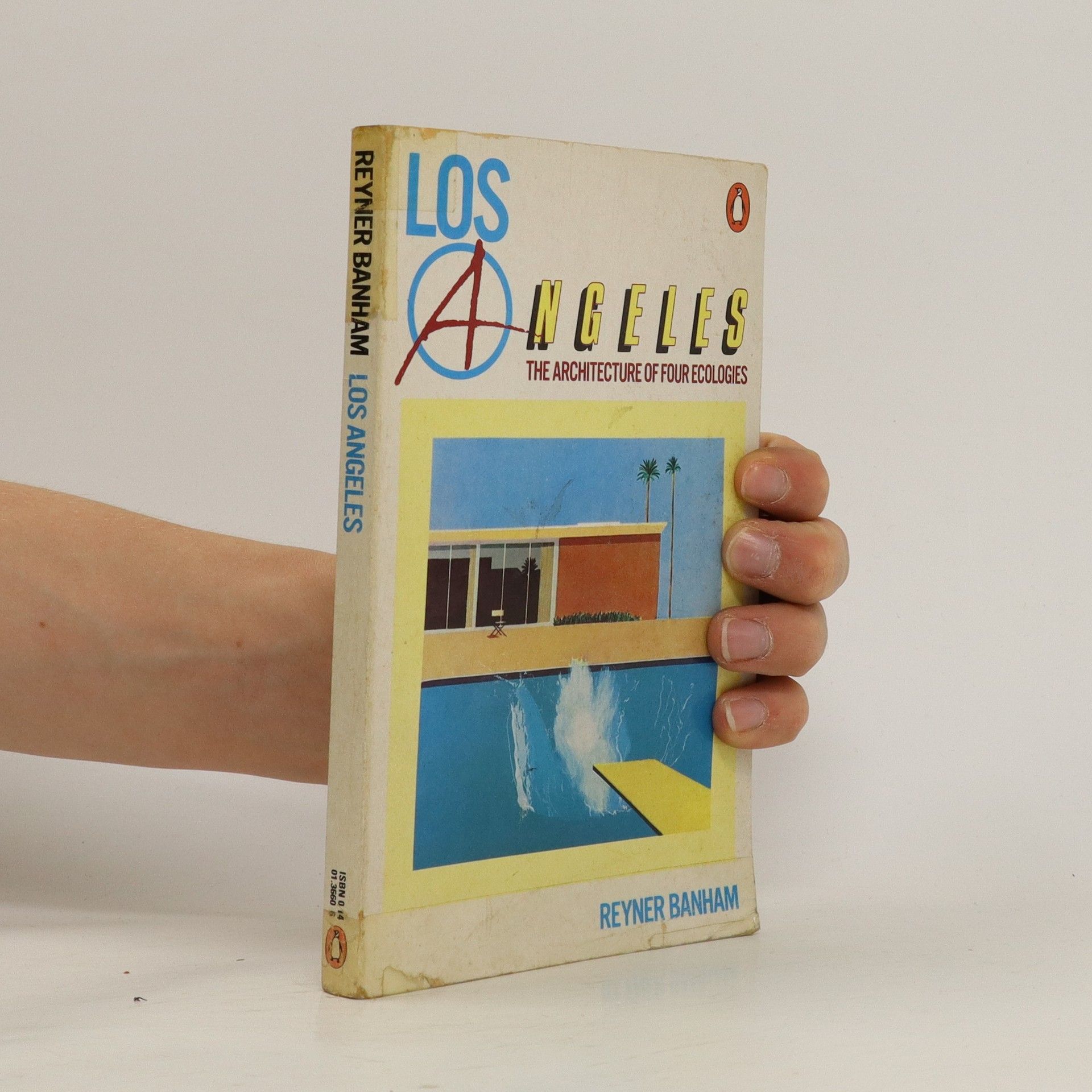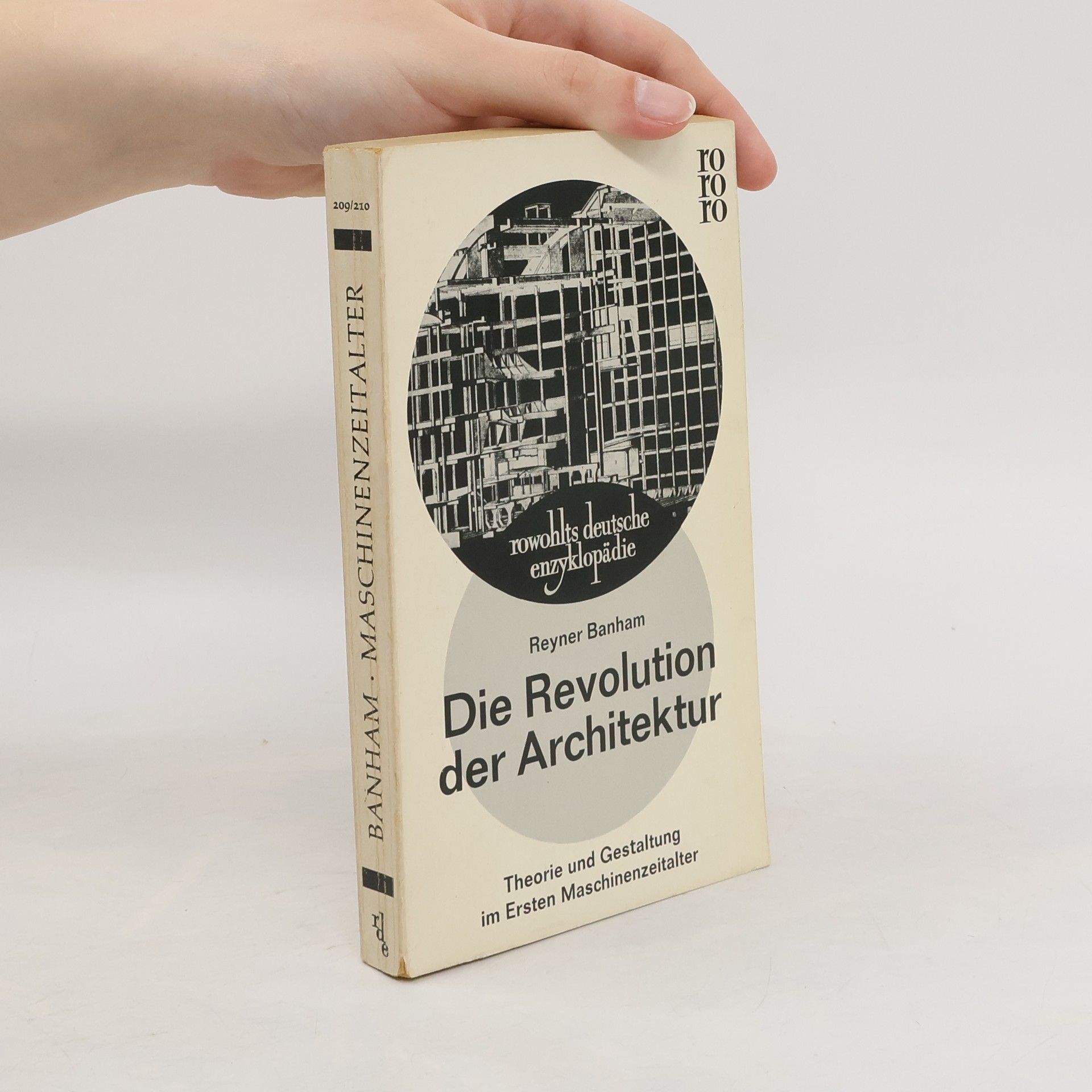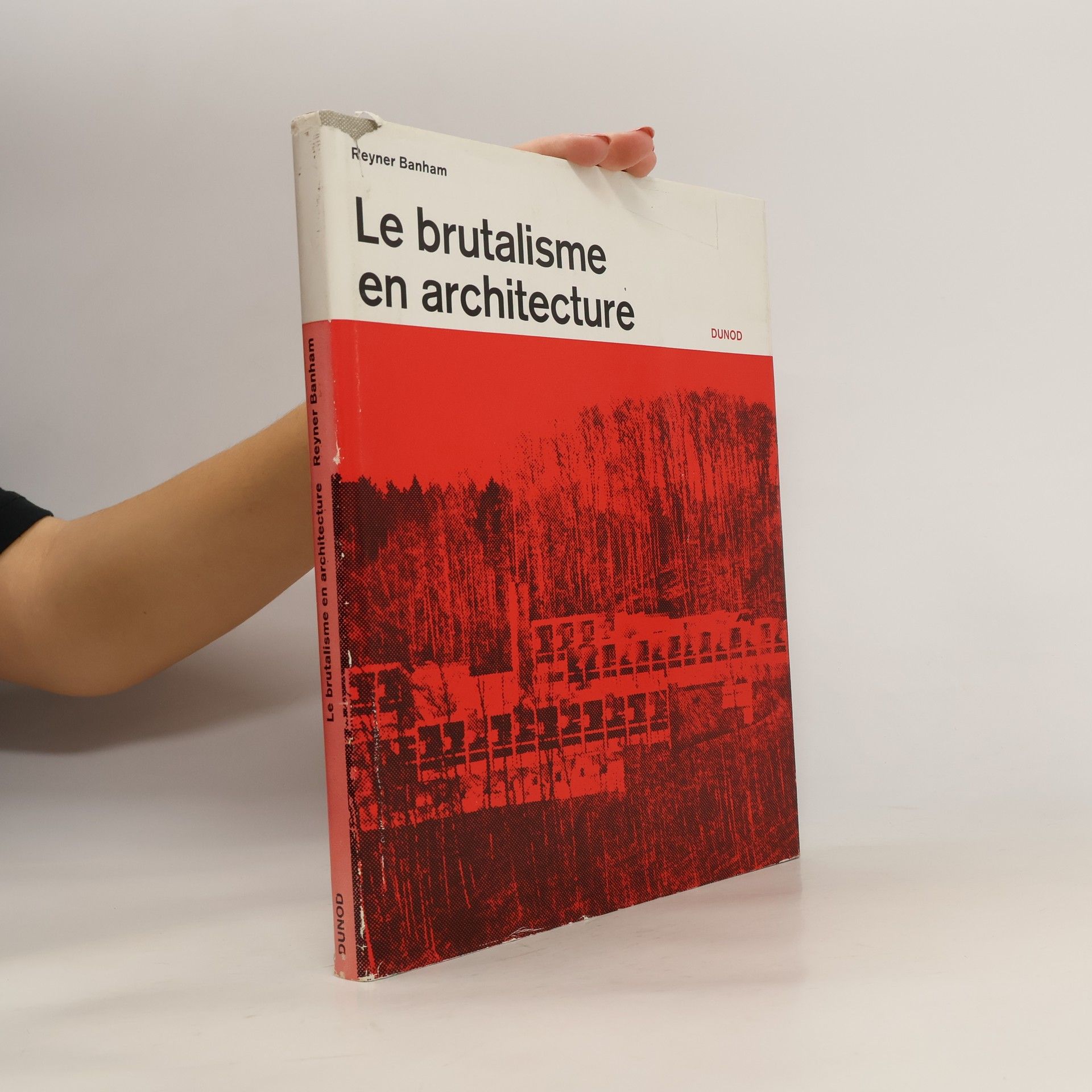Reyner Banham Bücher
Peter Reyner Banham war ein wegweisender Architekturkritiker und Theoretiker, der für seine scharfsinnige Auseinandersetzung mit dem Modernismus und seiner Beziehung zum Maschinenzeitalter bekannt ist. Seine Schriften untersuchten, wie formale Bestrebungen oft die funktionale Realität von Gebäuden prägten. Banham war auch ein Pionier im Verständnis städtischer Landschaften, insbesondere von Los Angeles, das er in vier verschiedene ökologische Modelle einteilte, um seine einzigartigen Architekturkulturen aufzuzeigen. Sein kritisches Denken und seine Voraussicht machten ihn zum Gewissen der britischen Nachkriegsarchitektur, als er sich von utopischen Idealen zu tiefergehenden Überlegungen über die postindustrielle Zukunft entwickelte.






Die Blauen Bücher: Architektur der Zwanziger Jahre in Deutschland
- 300 Seiten
- 11 Lesestunden
Rare Book
The catalogue for a 1987 traveling exhibition of work by Misrach; his third book. Photographs by Richard Misrach; essay by Reyner Banham. 106 pages; 58 full-page color plates + 9 text illustrations + 1 map; 12 x 9 inches. Biography, bibliography, exhibition history.
Los Angeles
The Architecture of Four Ecologies
Reyner Banham examined the built environment of Los Angeles in a way no architectural historian before him had done, looking with fresh eyes at its manifestations of popular taste and industrial ingenuity, as well as its more traditional modes of residential and commercial building. His construct of "four ecologies" examined the ways Angelenos relate to the beach, the freeways, the flatlands, and the foothills. Banham delighted in this mobile city and identified it as an exemplar of the posturban future.
This classic work explores a pivotal architectural movement that has influenced not only architects but also fantasists and filmmakers. It provides critical insights into the evolution of architectural design and its cultural impact, making it a significant resource for those interested in architectural history and theory. The reprint offers a fresh opportunity to engage with its timeless themes and ideas.
